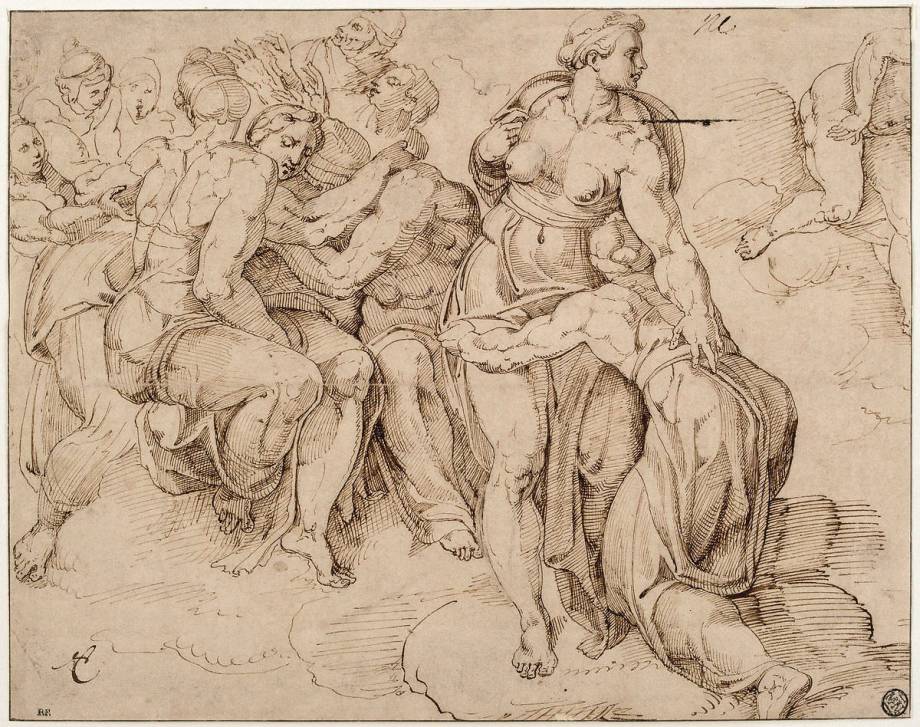Shop art print and framed art Figures, d'après le Jugement Dernier à la Chapelle Sixtine by Giorgio Vasari
(Ref : 46217) © RMN /Michèle Bellot
Figures, d'après le Jugement Dernier à la Chapelle Sixtine by Giorgio Vasari(Ref : 46217) © RMN /Michèle Bellot
Customise
Your art print
Figures, d'après le Jugement Dernier à ... OF Giorgio Vasari
The artwork
Figures, d'après le Jugement Dernier à la Chapelle Sixtine
Inspiré par Michelangelo Buonarroti
This artwork is a drawing from the renaissance period. It belongs to the mannerism style.
« Figures, d'après le Jugement Dernier à la Chapelle Sixtine » is kept at Louvre, Paris, France.
You may also like
The Réserve Muzéo I take advantage of it
- 30% !
Make good deals by browsing our Reserve : editions of our catalog which await their purchaser at a low price.
























